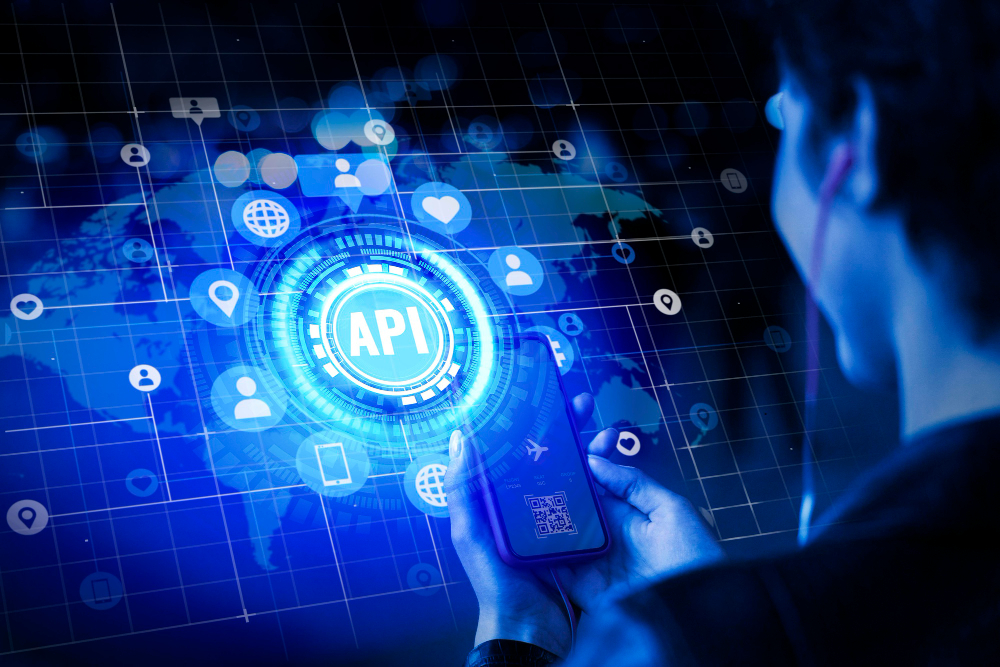The product quality of any business has a major impact on business success and user trust. Application Programming Interfaces (APIs) play a key role in integrating software by connecting multiple systems and ensuring smooth data exchange, thus leading to a major influence on product quality.
API automation testing plays a key role in maintaining this reliability. It eases early error detection, and encourages the delivery of high-quality software among multiple other contributions. Scroll down to uncover the role of API automation testing in product quality.
How API Automation Testing Enhances Product Quality?
API automation testing holds significance in ensuring and enhancing product quality. It achieves so by verifying the functionality, reliability, performance, and security of APIs. Here are the insights into the same:
Helps in Early Issue detection
Automation API testing enhances product quality by identifying issues early. It continuously monitors application functionality and ensures that bugs or performance drops are caught before impacting users. Thus, it contributes to high efficiency and reliability.
Enhances Test Coverage
The automated tests can efficiently cover numerous scenarios, including inputs, outputs, and edge cases. This is challenging to achieve through manual testing. The comprehensive coverage ensures more robust functionality.
Strengthen System Performance and Stability
Automated API testing helps evaluate how APIs handle heavy loads, multiple requests, or complex data interactions. Further, simulating real-world usage assists teams in the timely identification of performance bottlenecks. It also contributes to a stable application performance and responsiveness even under high demand.
Time and Resource Efficiency
Automation accelerates the testing process by eliminating repetitive manual tasks. It allows QA teams to focus on more human-focused testing areas while maintaining consistency and accuracy.
Faster test execution allows benefit from quicker feedback loops, reduced delays in release cycles, and improved overall product quality. Additionally, automated setup and configuration reduce human errors and ensure that every test run delivers reliable and reproducible results.
Improve Integration and Compatibility
Modern applications depend on seamless communication between multiple APIs and third-party services. Automated API testing verifies that these integrations work correctly across versions and environments. It prevents data mismatches, broken dependencies, and functionality disruptions. The result is reliable product quality across all connected systems.
Enable Continuous Quality Validation
API automation fits perfectly within a CI/CD pipeline, thus allowing continuous testing alongside development. Each code change triggers automated validation, which ensures that product quality remains intact throughout iterations. The continuous feedback loop enhances development agility. It also ensures that every release meets the required performance and security standards.
Types of API Automation Testing
The different types of API automation testing for the products are as follows:
Functional Testing
This testing validates whether an API performs as intended. It checks response codes, headers, and body content to validate the matching between inputs and outputs. This testing bypasses the UI layer to assess business logic and data flow directly.
When to use it: Functional API testing can be used early in development to verify business logic and core functionality. It is best suited for web applications and SaaS platforms where APIs handle significant data interactions or user requests.
Contract Testing
This type of testing ensures that communication between the API provider and consumer follows a contract. It prevents integration failures that result from mismatched data structures or missing fields.
When to use it: It is well-suited for microservices-based products or multi-team environments where different teams manage interacting APIs. It is also useful when working with third-party integrations or external clients consuming your API.
Integration Testing
It validates how multiple system components work together, such as databases, APIs, and external services. It identifies broken dependencies, incorrect configurations, and data mismatches across connected systems.
When to use it: It is best used during pre-release or staging phases when the full system is connected. Integration testing is critical for large enterprise software, banking systems, and e-commerce platforms that rely on multiple interconnected services.
Mock Testing
This testing simulates APIs or external services to test application behaviour without relying on real systems. It allows engineers to test scenarios like server downtime or specific error responses.
When to use it: Mock testing can be used when working with incomplete APIs or third-party systems that are unavailable for testing. It is especially useful for agile teams who want to test early without waiting for full integration.
Security Testing
It ensures that APIs are protected from potential threats such as unauthorized access, injection attacks, and data breaches. It works by verifying authentication mechanisms, data encryption, and access control policies to identify vulnerabilities before deployment.
When to use it: Security testing can be conducted before every major release or integration with external systems. It can be used to handle sensitive user data or financial transactions in different industries.
Summing Up
API automation testing deals with the usage of scripts and specialized tools for automating the API testing to validate their behaviour and functionality. It helps improve speed, increases trust and performance, and secures digital products. Further, integrating the different testing types can enhance test coverage across a variety of quality aspects. Hence, API automation testing ensures that every product or update release meets user expectations.
